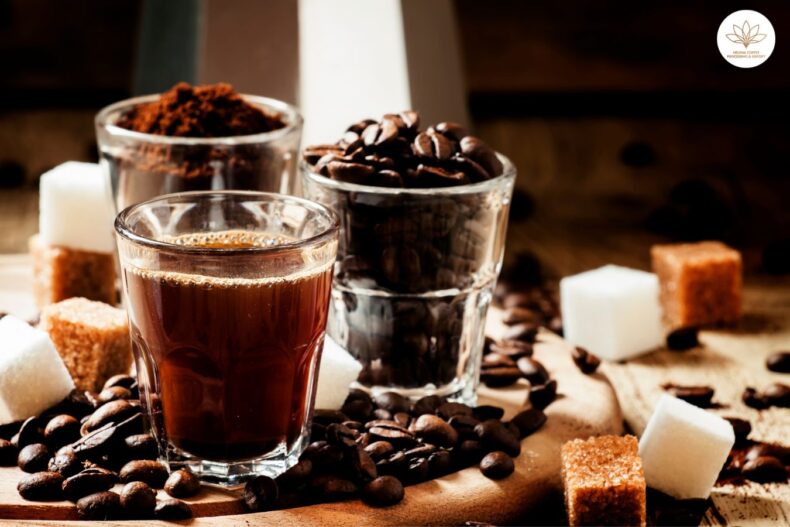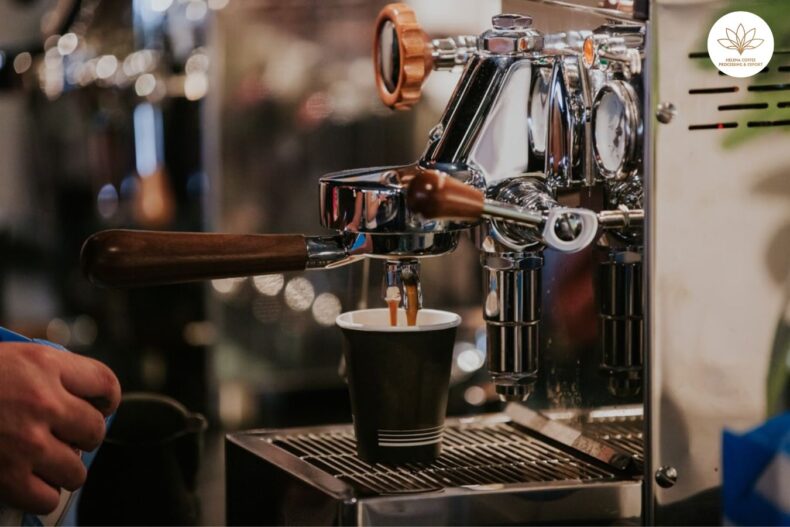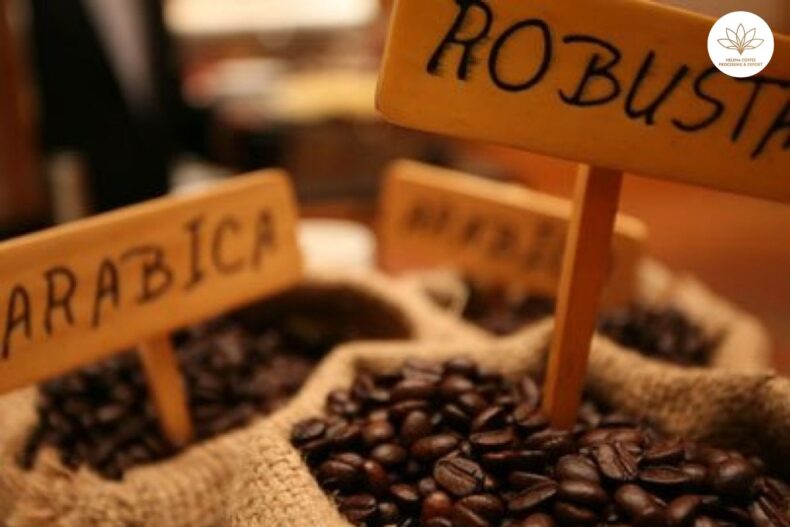Espresso has become widely regarded as the “greatest” way to drink coffee in the previous forty years. This is not true, because no brew technique is fundamentally superior to another, yet espresso is now the most popular coffee drink drunk outside of the home, and many cafés charge more for espresso than for a regular coffee.
Whether it’s part of the increasingly popular Italian-style coffee culture or the Americanized, fast-food variant found in chain coffee shops around the world, espresso has undeniably been the driving force behind coffee retail. Making espresso is both a frustrating and satisfying experience. Let’s find out with Helena Coffee Vietnam.
I must issue a word of caution here: unless you want to start a new passion, don’t buy an espresso machine for your home. The fantasy of making a couple of wonderful cappuccinos to drink while reading the newspaper on a lazy Sunday morning is a long cry from the labor needed in making the beverages (and cleaning up afterward).
If you only want the drinks and not the effort, do what I do and go to a nearby café where someone else will handle everything. However, I recognize that outstanding coffee is not readily available in many areas, which is a good reason to perfect the art of espresso brewing at home.
THE ESPRESSO INVENTION
As we’ve already shown, the grind size matters a lot when brewing coffee. The finer the beans are ground, the easier it is to extract the coffee, and the less water is needed.
As a result, you’ll be able to make a stronger cup of coffee. The issue arises when you try to ground the beans so finely that gravity alone is unable to drive the water through the coffee bed. This restricts the strength of the coffee you can make.
This issue has been known for a long time, and the earliest remedy used trapped steam pressure to force water through the coffee. The name comes from the fact that this early espresso machine was merely used by cafés to create standard strength coffee considerably faster.
However, because the pressure that steam alone can generate without harming lives is very modest, additional methods such as air pressure and mains water pressure were tried.
THE PRIMARY APPROACH
Ground coffee is placed in a small metal basket with a handle to brew espresso. Except for the finest particles, the basket features microscopic holes that let the liquid pass through while preventing any ground coffee from making it into the cup.
Great espresso is all about the recipe, and a reputable coffee roaster will give you plenty of tips on how to brew their coffee to achieve excellent results. A good recipe should have the following ingredients and measurements:
• The gram weight of the ground coffee to be used (g).
• The amount of liquid you should get out of your coffee, preferably in grams or at the very least in volume (ml).
• How long should the brewing procedure take?
• How hot should the water be for brewing?
Rather than just providing a basic guide, I’d like to provide some tips and techniques that will help you make truly superb espresso at home, skills that I’ve taught to baristas all over the world for years and that I believe are critical to brewing espresso as good as it is currently feasible.
RESISTANCE AND PRESSURE
When brewing espresso, the goal is to have the machine create a specific volume of liquid in a specific length of time. For example, the recipe can specify that we should brew 18g of ground coffee in 27–29 seconds, yielding 36g of liquid. To accomplish this, we must regulate the rate at which water passes through the ground coffee.
The amount of flavor extracted is determined by the speed at which the water passes through the coffee. If the water passes through too slowly, we extract too much from the coffee, resulting in an over-extracted flavor that is bitter, ashy, and harsh.


